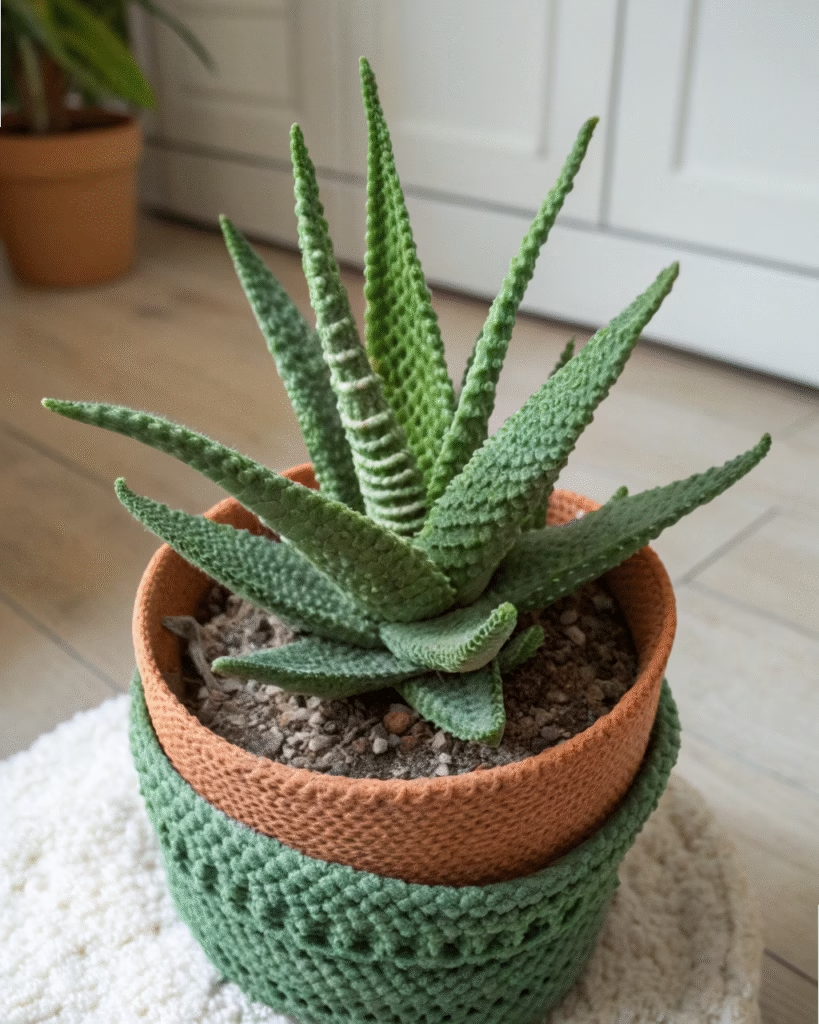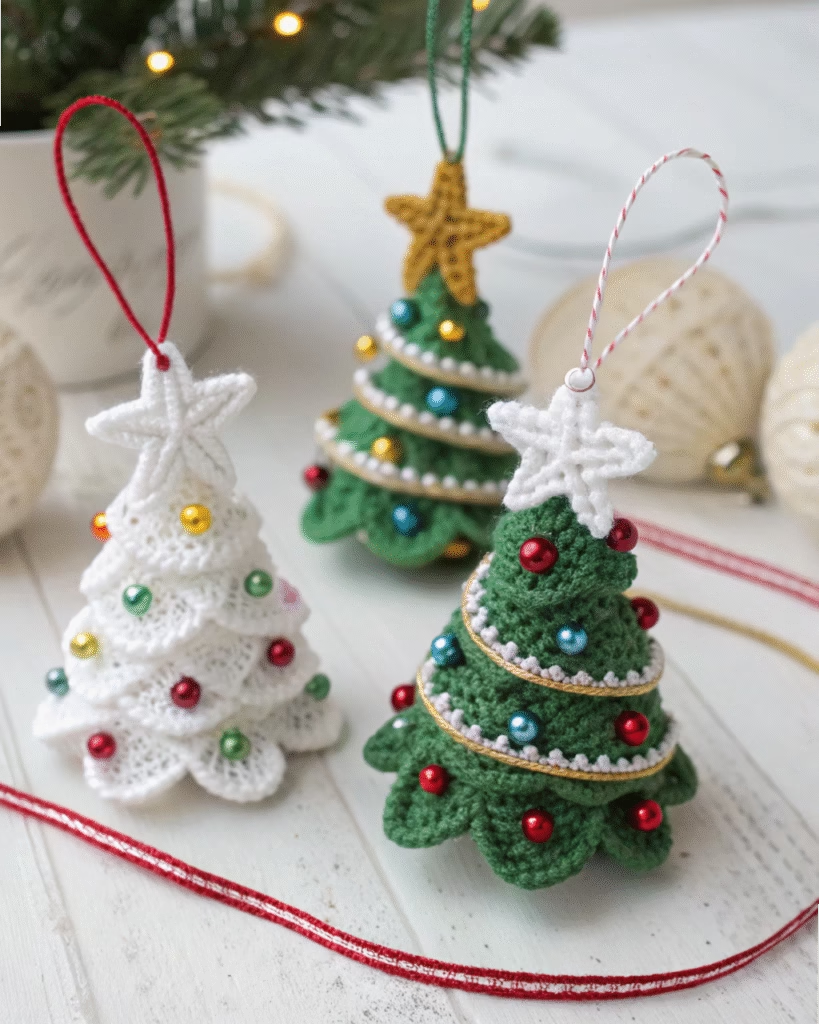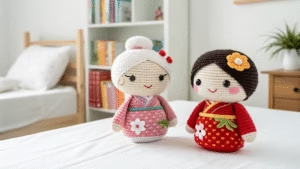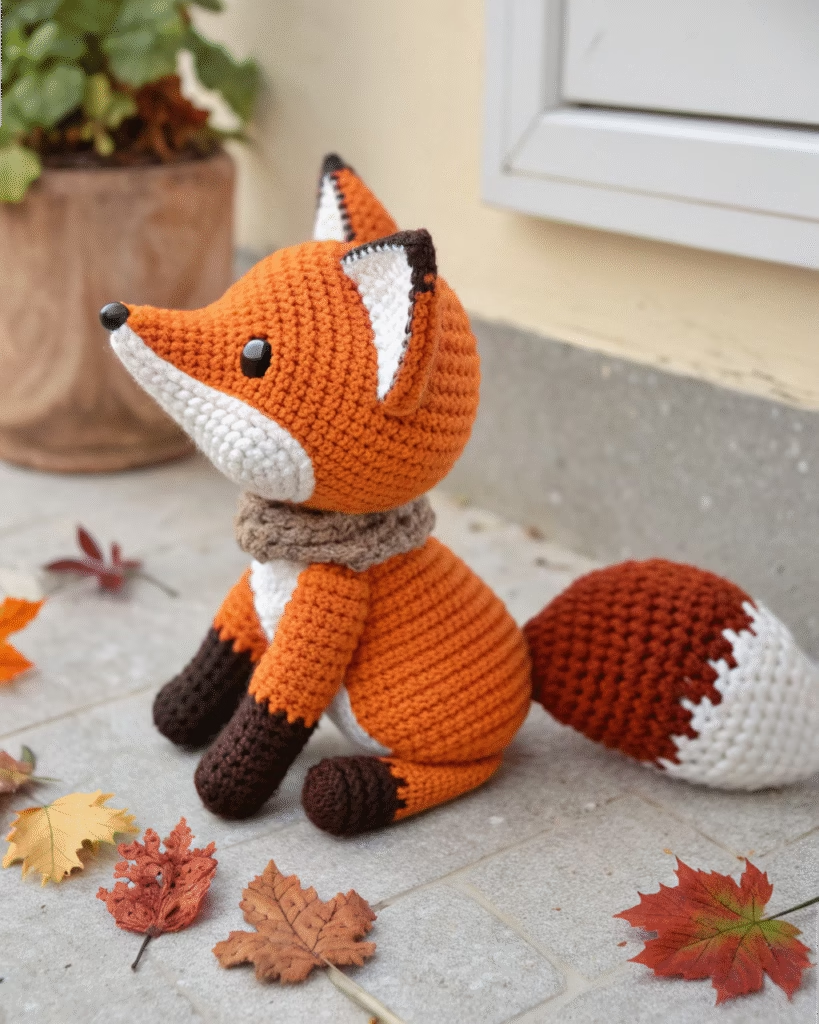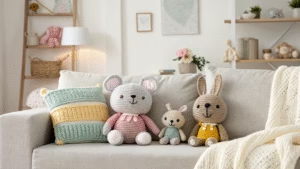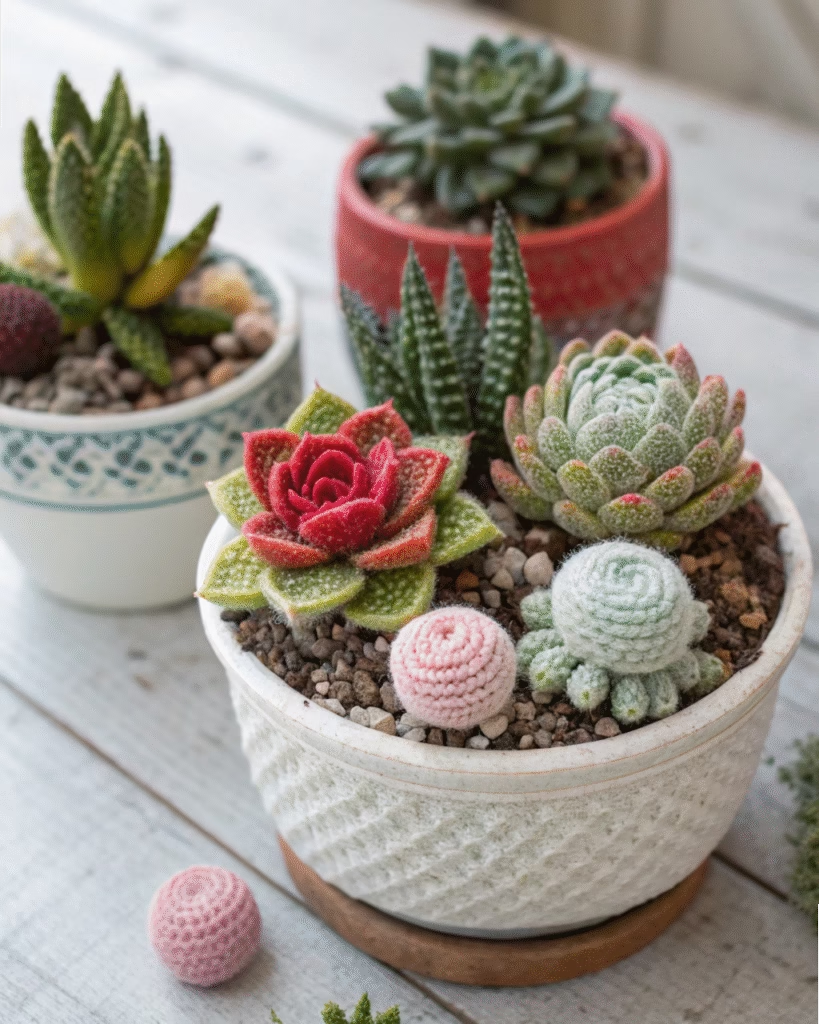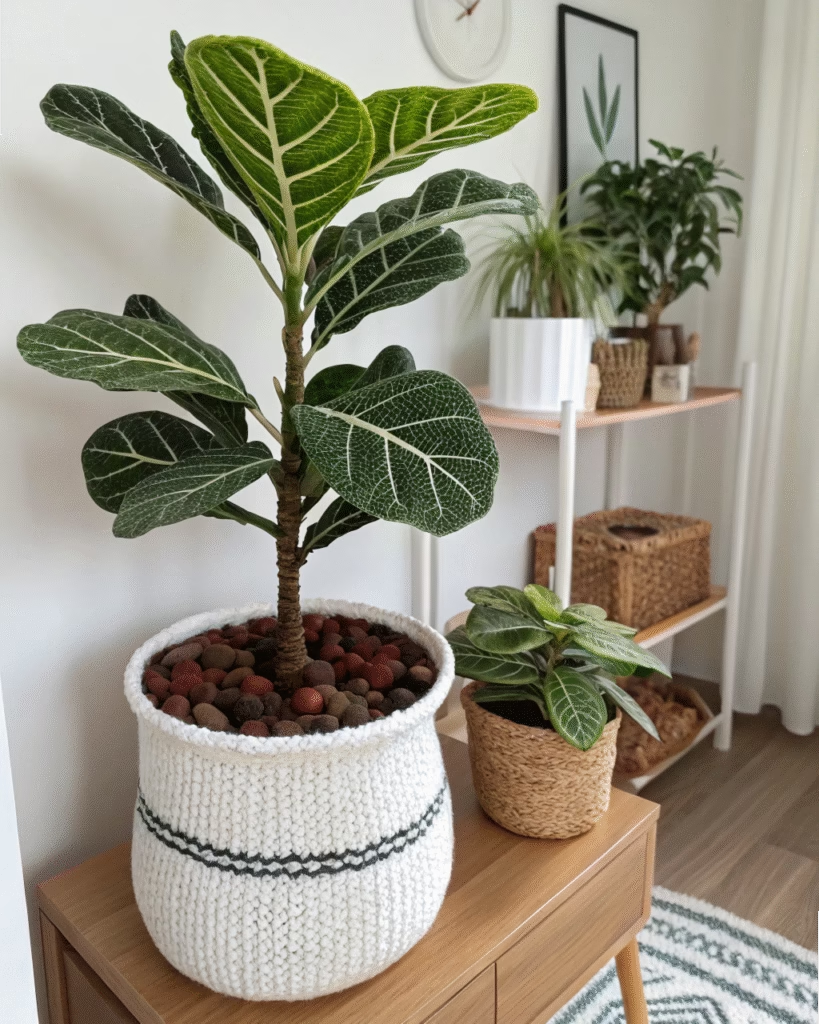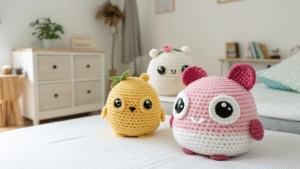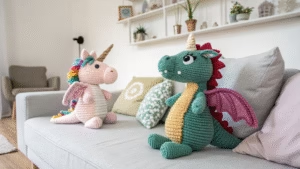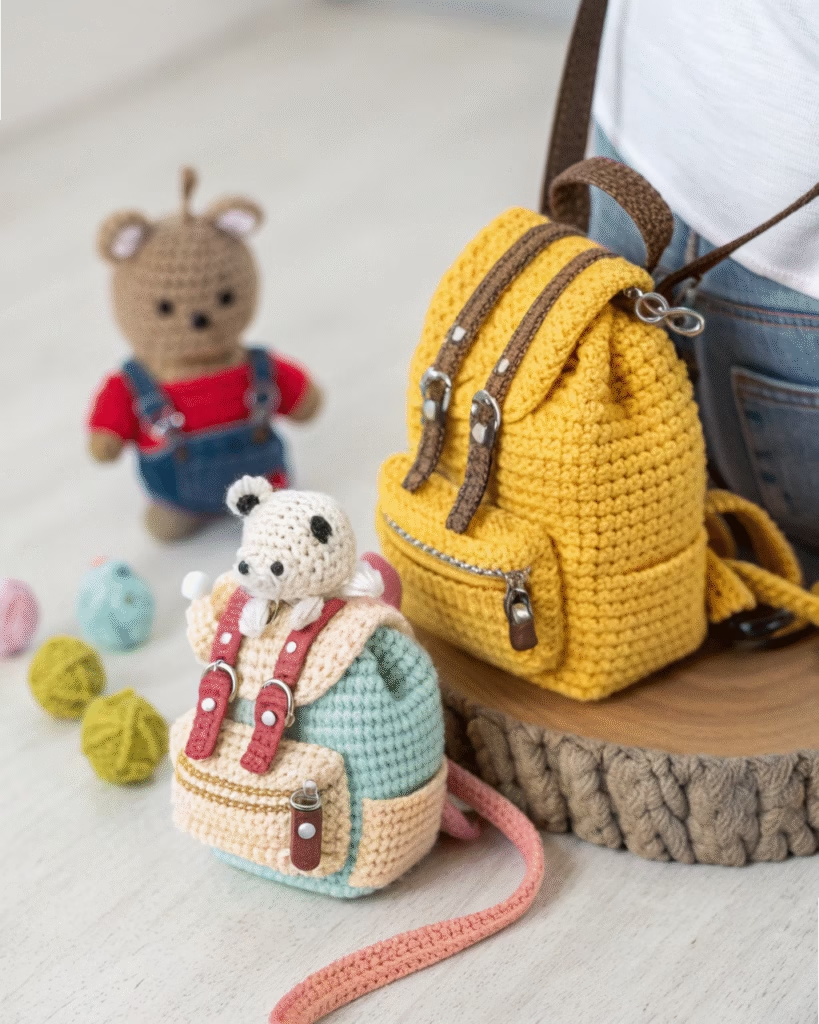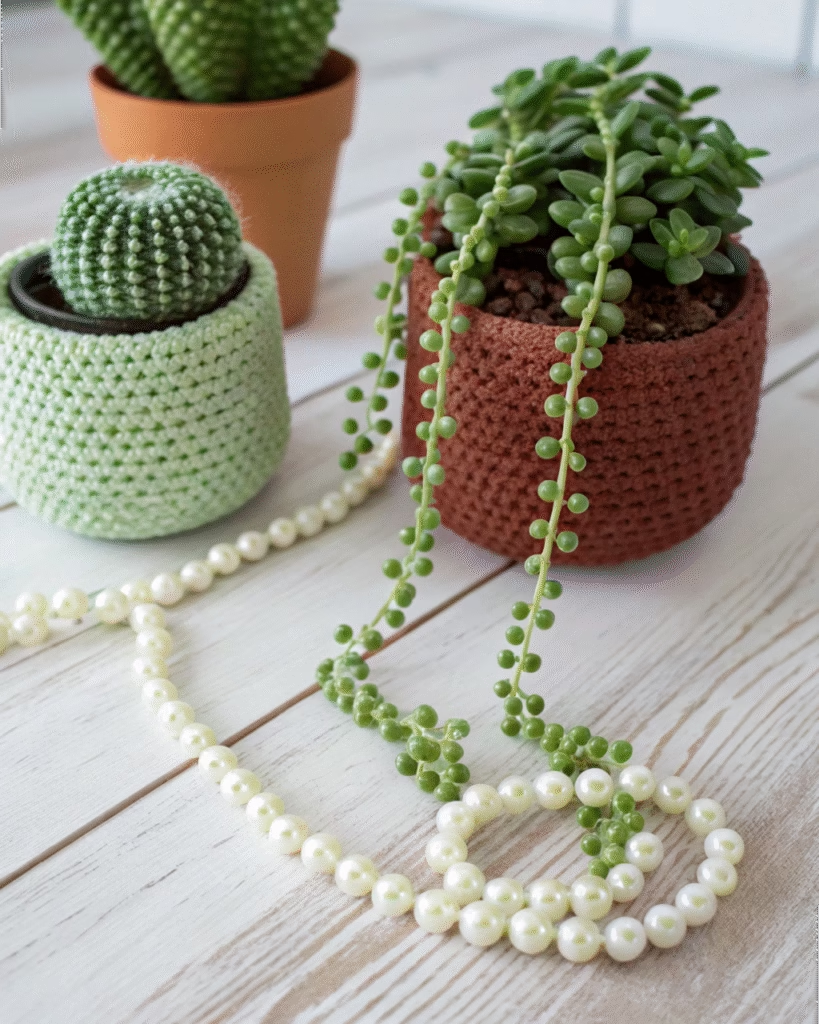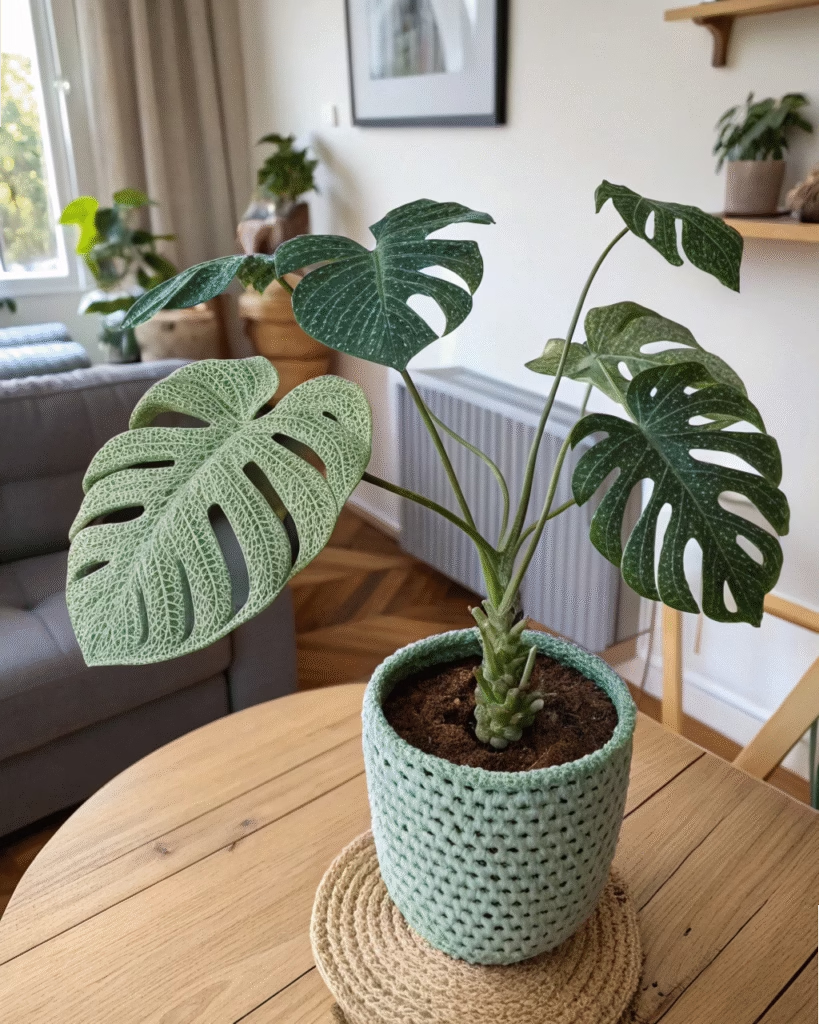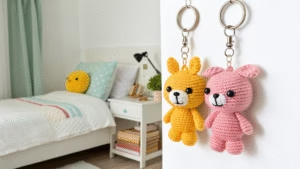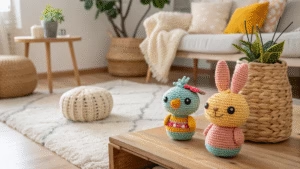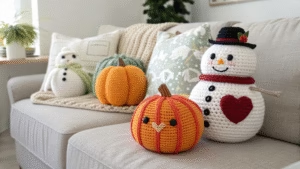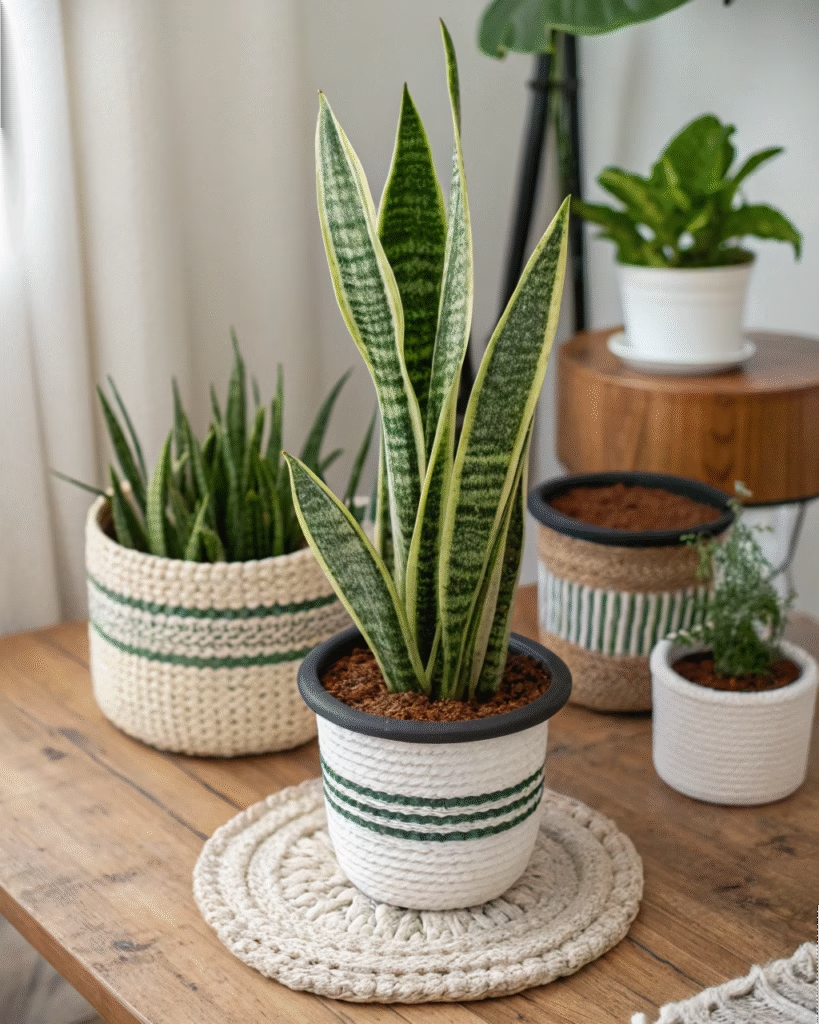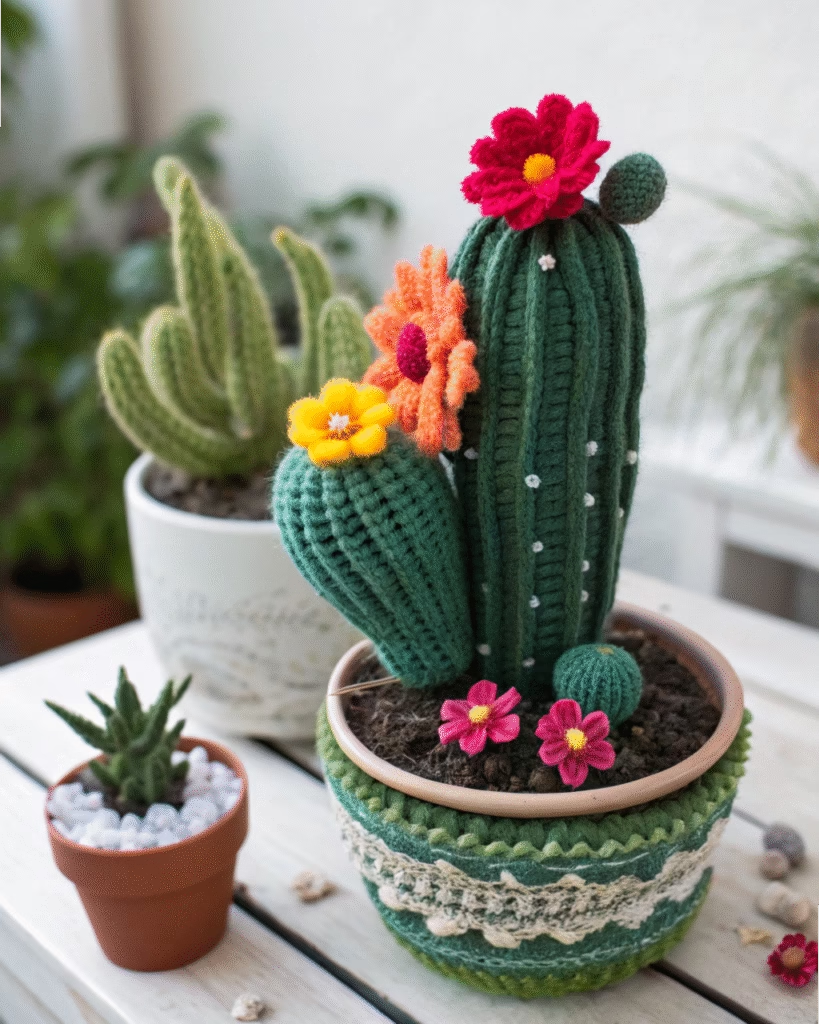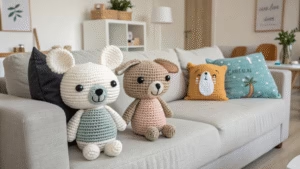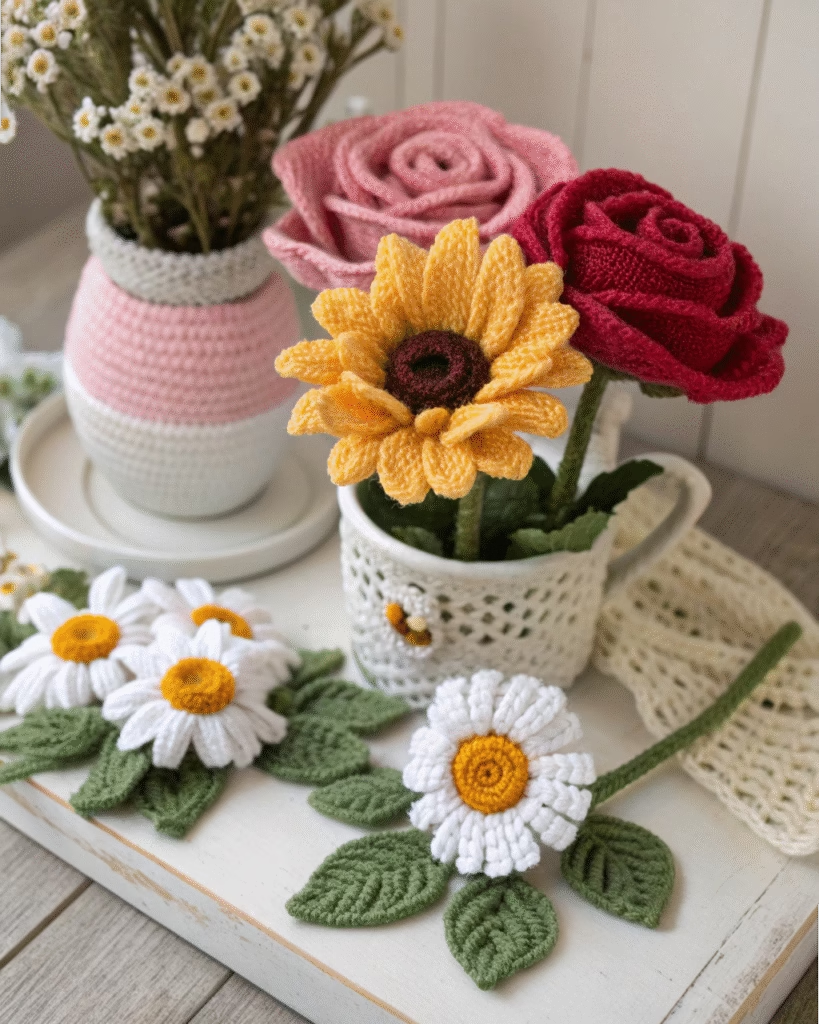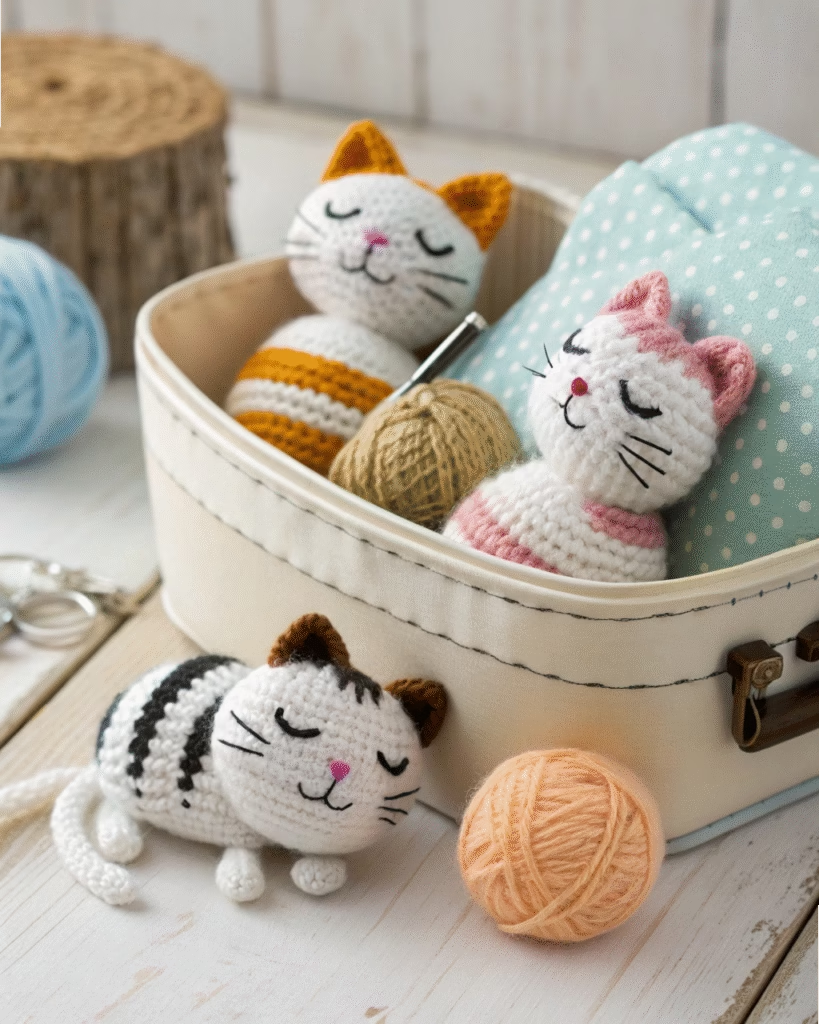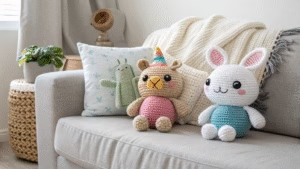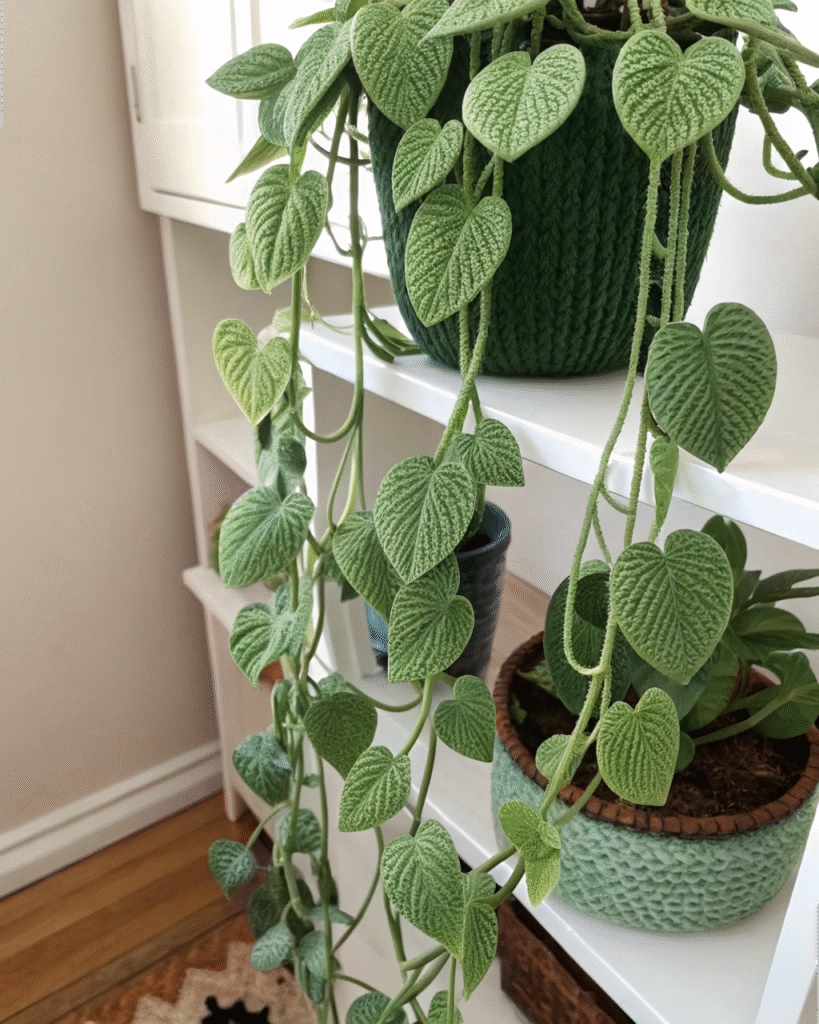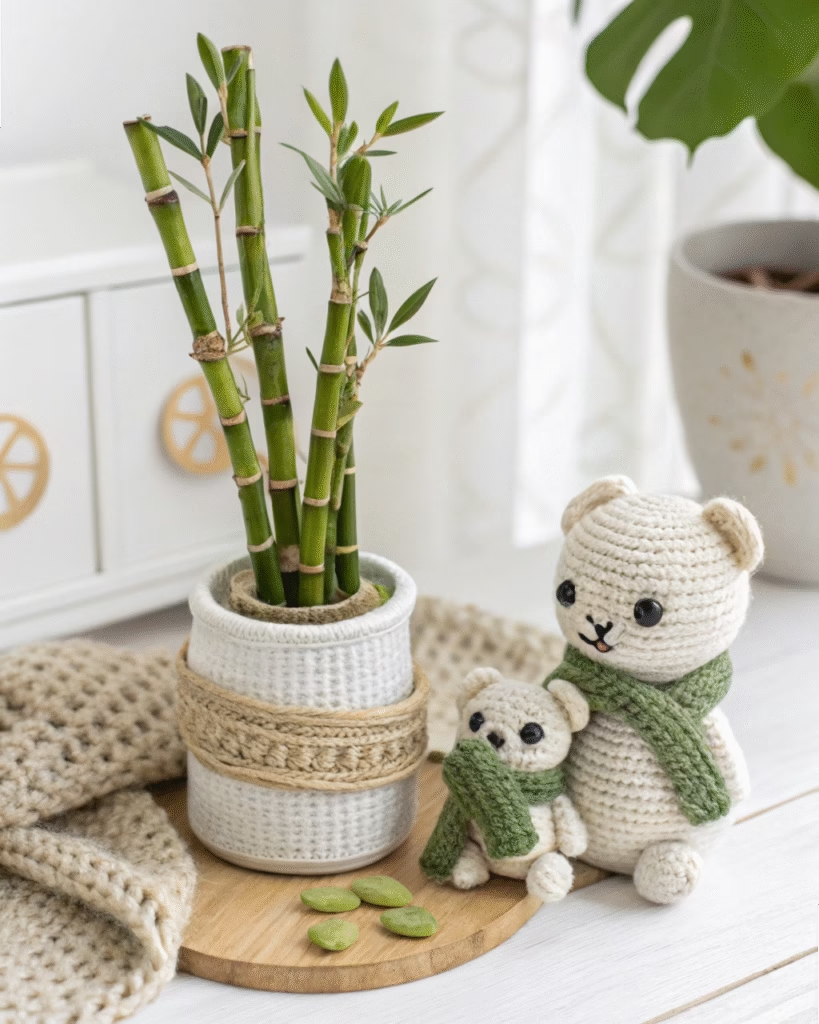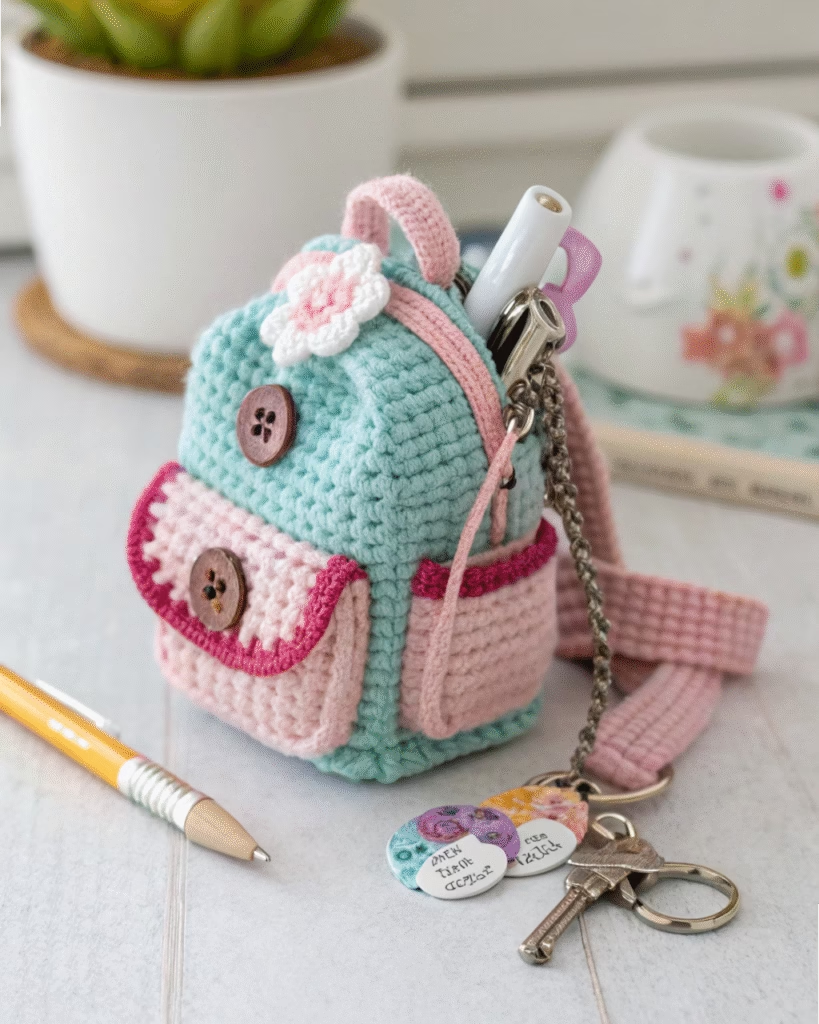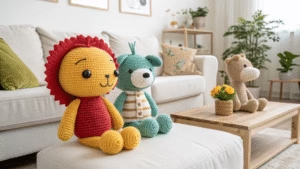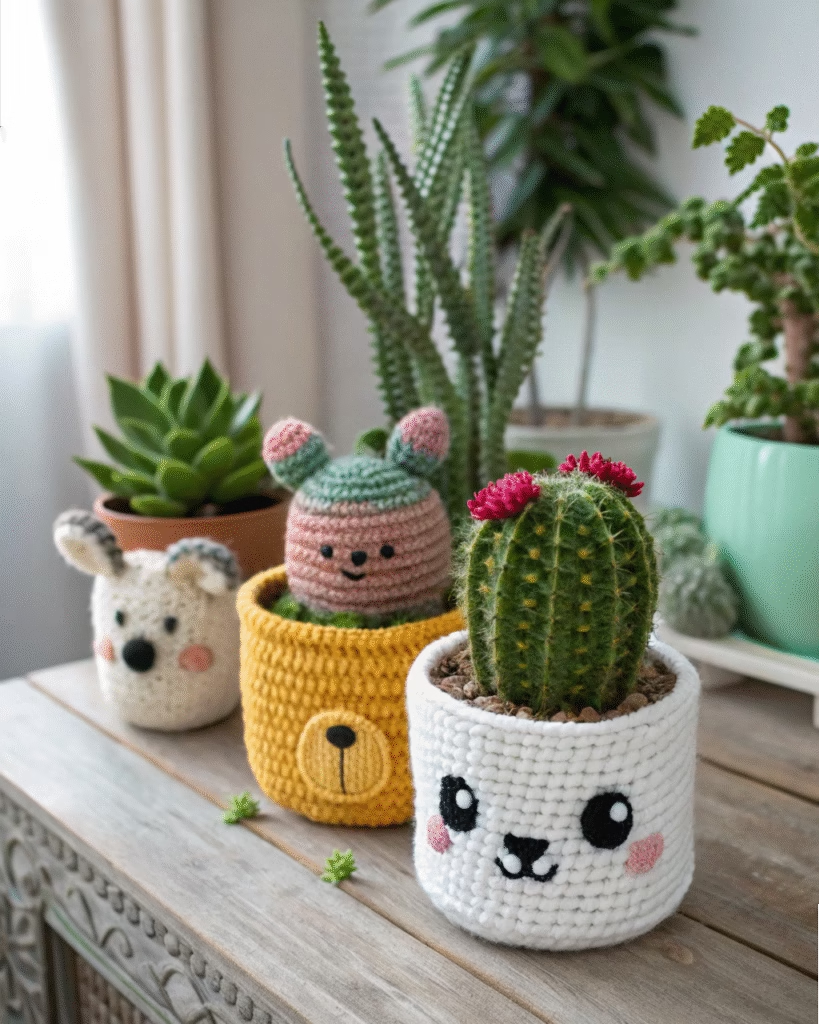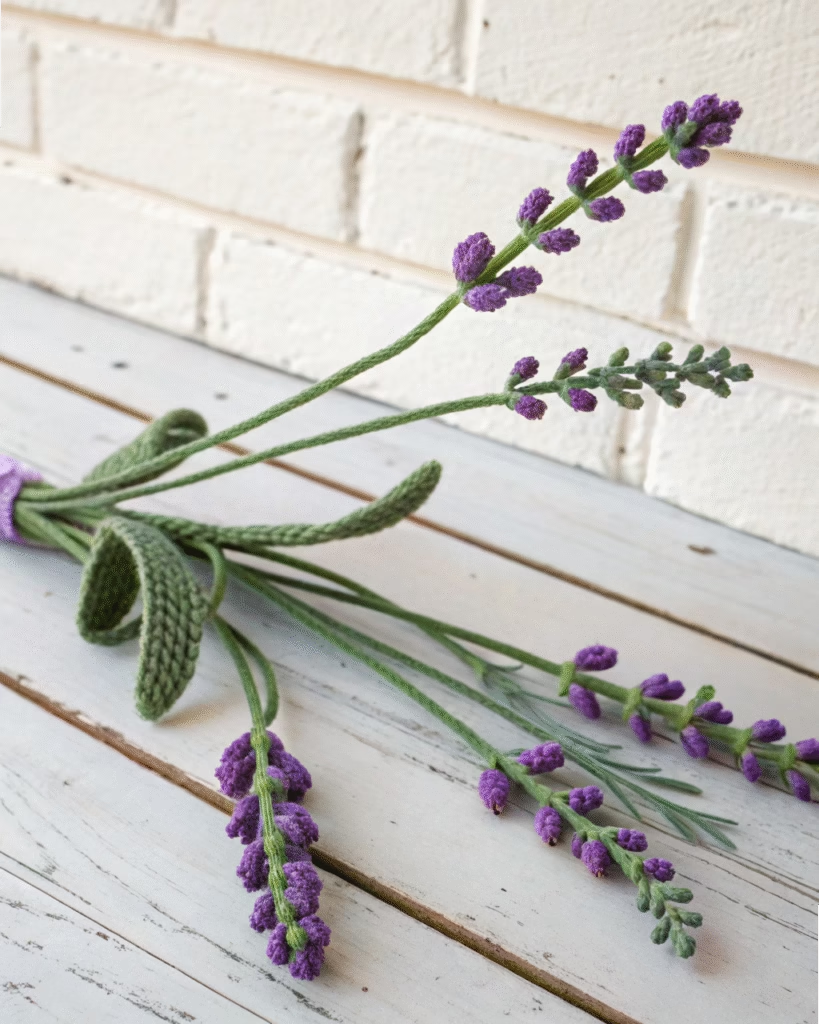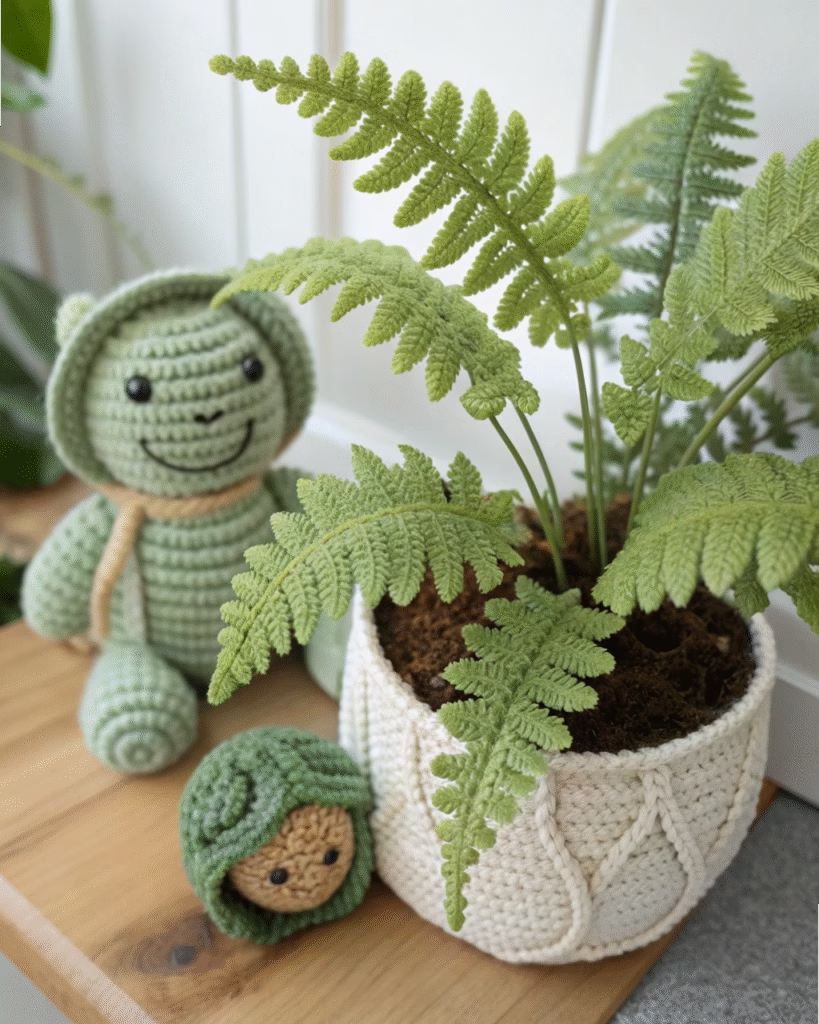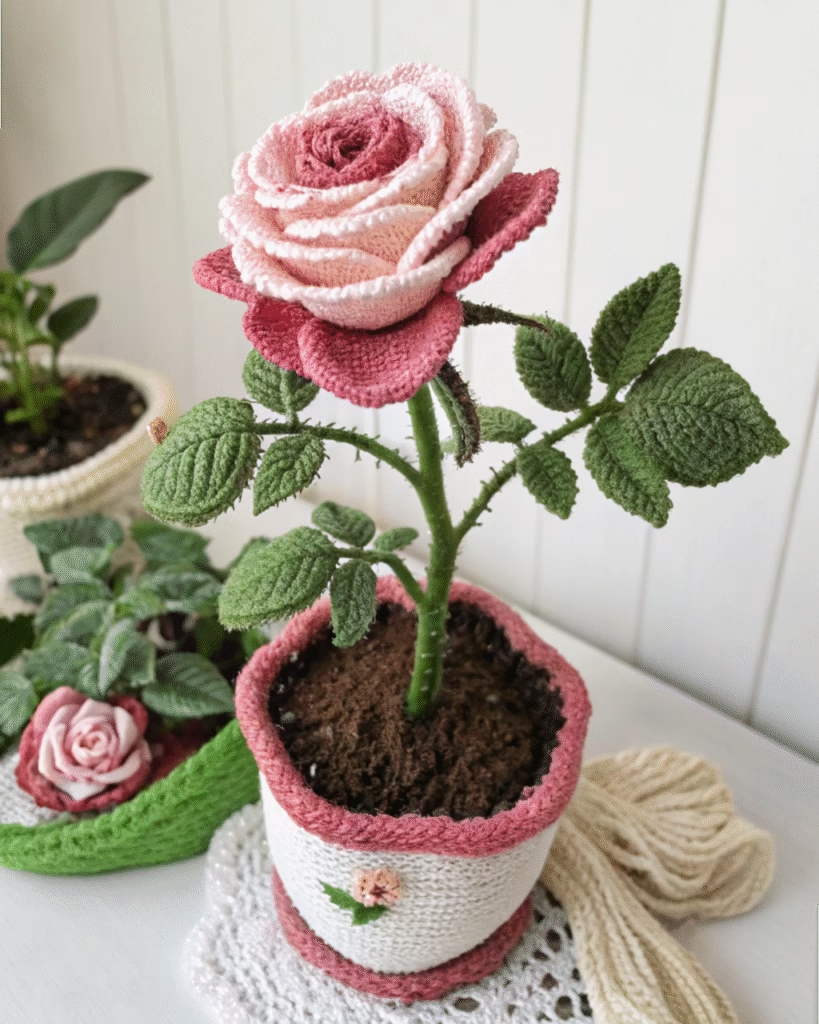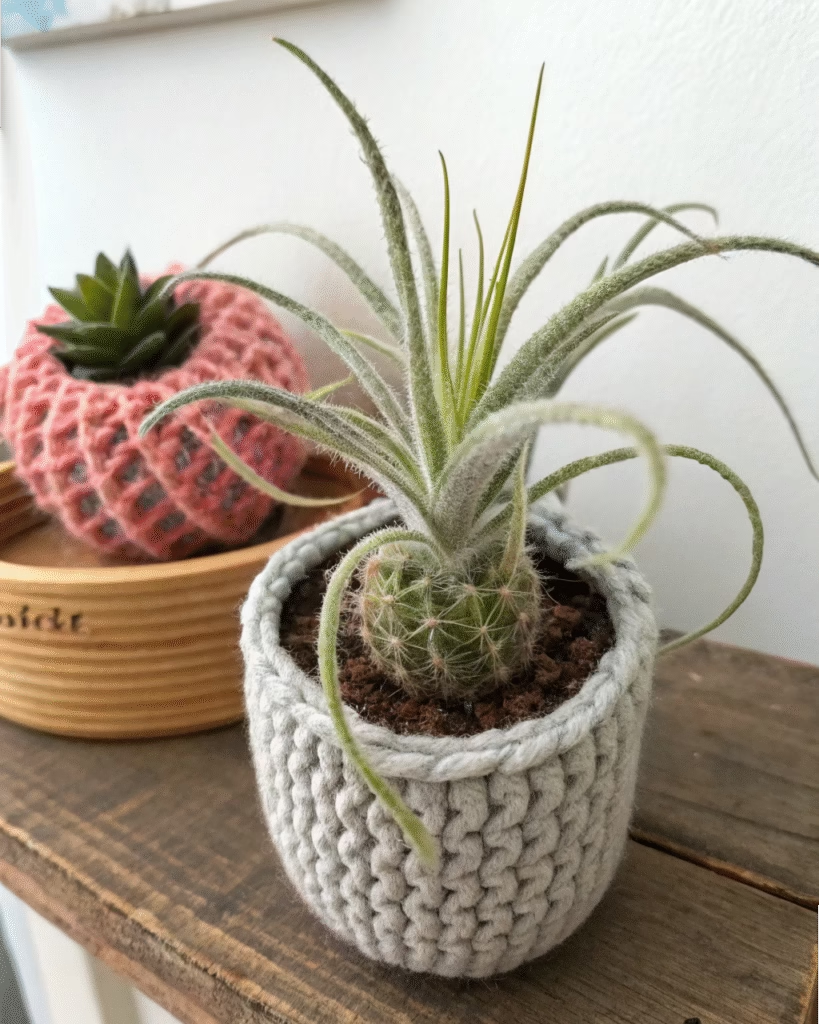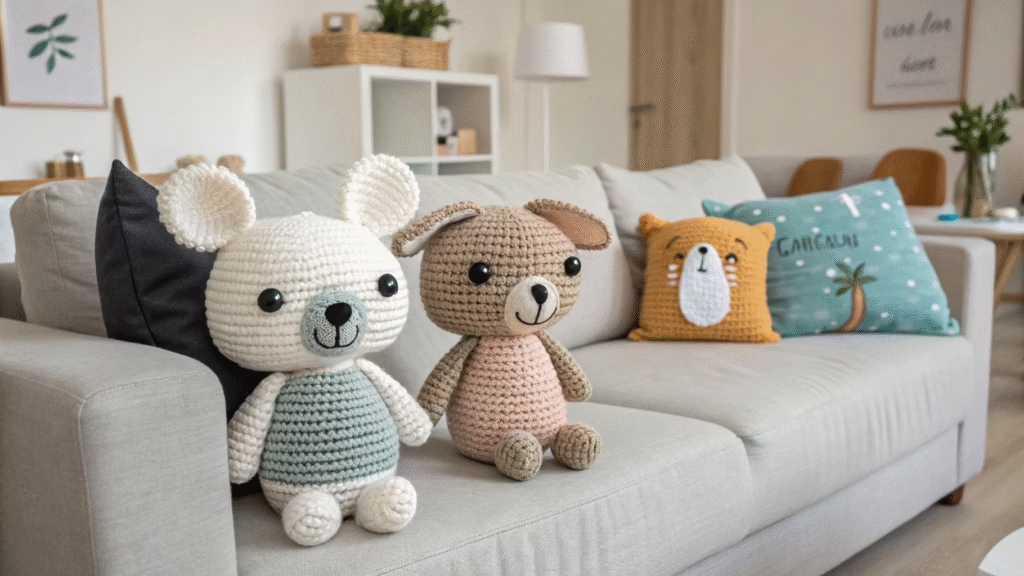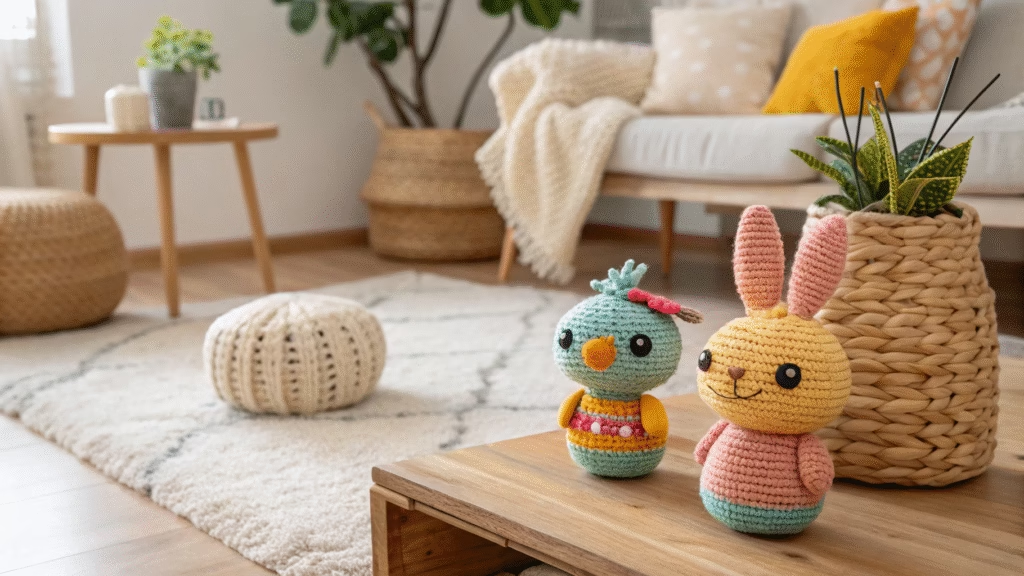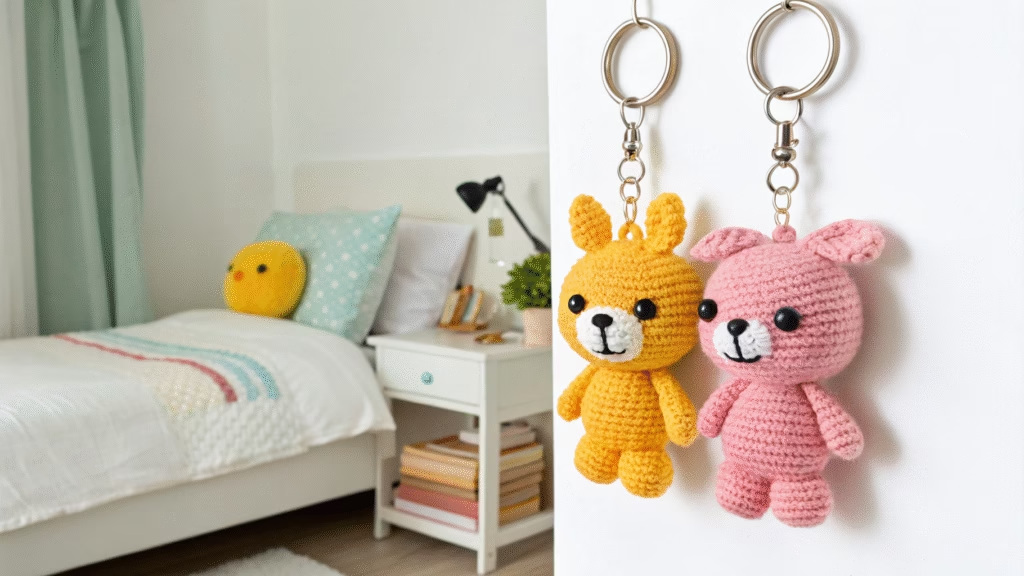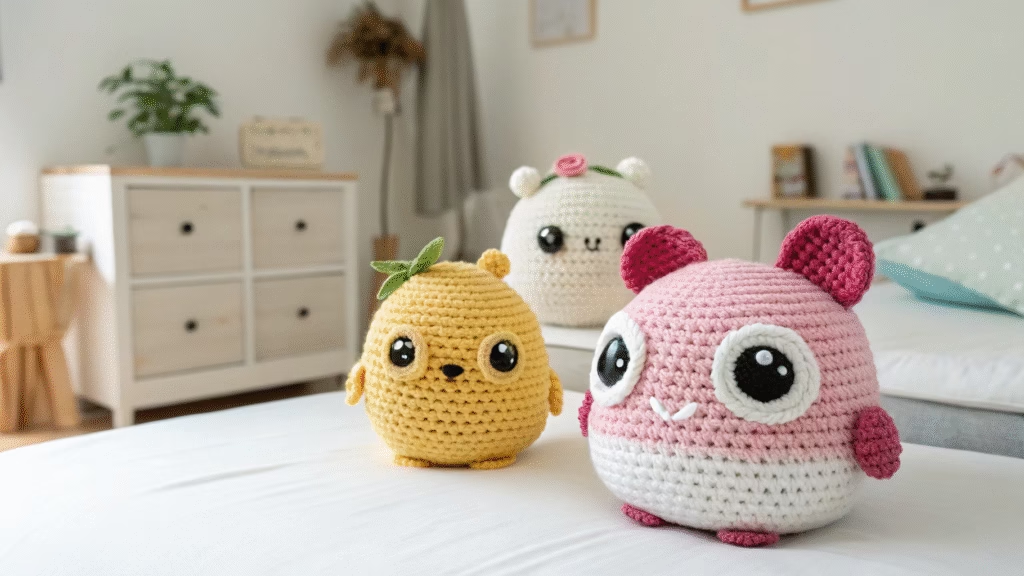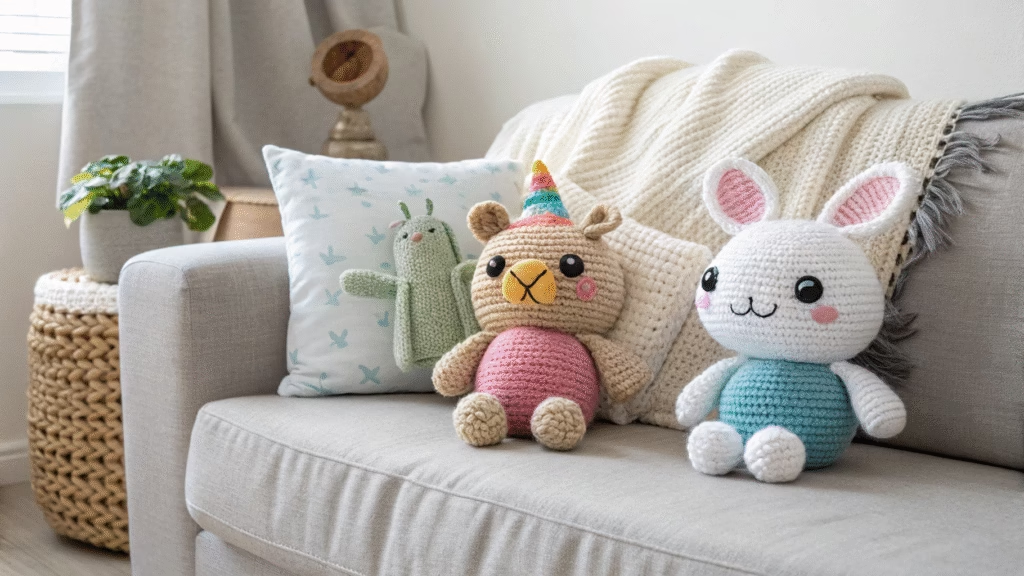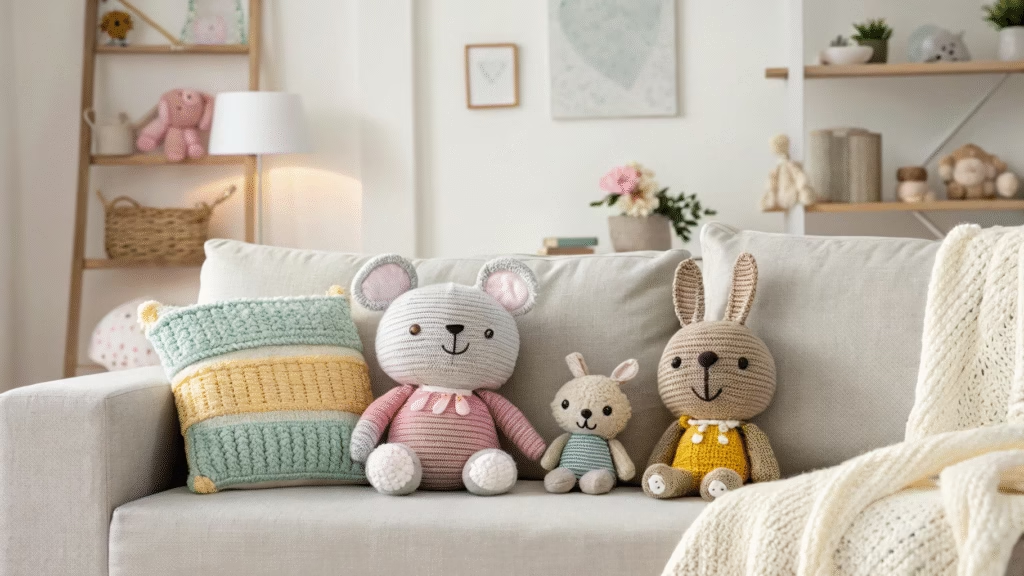13+ Amigurumi Plant Patterns That Look Real
Tired of forgetting to water your plants? Want to add a touch of green to a low-light room? Amigurumi plants are the perfect solution! These crocheted botanicals are not only adorable and forever-blooming, they can also look surprisingly realistic with the right yarn, texture, and attention to detail.
From succulents to leafy vines, these patterns let you bring the beauty of nature indoors, no green thumb required.
Ready to grow your own yarn garden? Here are 13+ amigurumi plant patterns that look wonderfully real.
1. Aloe Vera Plant
Crochet a plump aloe plant with pointed, textured leaves that look just like the real thing.
2. Succulent Arrangement
Create a variety of small succulents like echeveria, haworthia, and sedum, and display them together in a tiny pot.
3. Fiddle Leaf Fig Tree
A stylish and modern favorite with large, dramatic leaves. Perfect for shelf decor.
4. String of Pearls
Mimic the trailing effect of this popular succulent with a strand of small, round “pearls.”
5. Monstera Deliciosa
With its iconic split leaves, this tropical plant is a statement piece in any room.
6. Snake Plant (Sansevieria)
Tall, upright leaves with variegated yarn for that classic striped look.
7. Cactus with Flowers
Add a pop of color with a deep green cactus and bright floral accents.
8. Pothos Plant
Long, heart-shaped leaves on a trailing vine, great for hanging or draping over a shelf.
9. Bamboo Stalks
Simple, elegant, and symbolic of good luck. Group a few in a small vase.
10. Lavender Sprig
Use thin yarn or thread and a small hook to create delicate purple buds on a green stem.
11. Fern Fronds
Lacy, layered leaves that bring a touch of the forest indoors.
12. Rose in Bloom
A forever rose with layered petals and green leaves never wilts, always beautiful.
13. Air Plant (Tillandsia)
No soil needed! These quirky plants can be made with fuzzy or textured yarn for a realistic look.
Tips for Making Realistic Amigurumi Plants
- Yarn Choice: Use cotton or bamboo yarn for structure and a plant-like texture. Variegated yarn works great for natural color variations.
- Wire Support: Insert floral wire into stems or leaves so you can bend and pose them naturally.
- Potting: Plant your amigurumi in a real terracotta pot filled with poly pellets or gravel for stability.
- Details Matter: Use embroidery to add veins to leaves or subtle color changes for depth.
Final Thoughts
Amigurumi plants are the perfect way to enjoy greenery without any of the upkeep. They make wonderful gifts, home decor pieces, and even classroom projects. Whether you’re a beginner or an experienced crocheter, there’s a plant pattern here that’s sure to “grow” on you.
- 11+ Charming Clay Flower Ideas for Your Home - September 7, 2025
- 17+ Creative Clay Ornament Ideas for Your Home - September 7, 2025
- 13+ Creative Clay Project Ideas for Your Home - September 7, 2025

